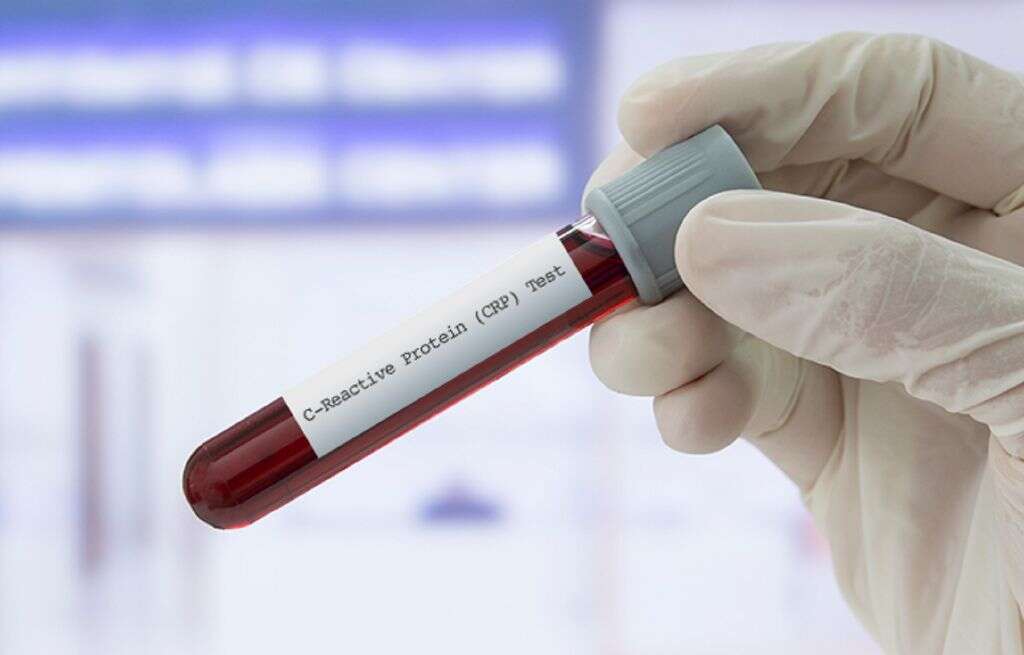What Is Temporal Arteritis?
The temporal arteries are located on both sides of the head. There are deep, superficial and middle temporal arteries. The deep temporal arteries supply the large muscles that help raise the lower jaw. The superficial temporal arteries pass over the zygomatic process on the temporal bone and supply blood to more superficial parts of the head and face. The middle temporal arteries send blood to one of the large muscles that help raise the lower jaw.
There are conditions that can negatively affect the temporal arteries, including temporal arteritis. This condition is fairly common and is treatable by a medical professional.

1. What Is Temporal Arteritis?
This condition affects the temporal arteries, causing them to become damaged and/or inflamed. Despite its name and the fact that it most often affects the temporal arteries, temporal arteritis can actually potentially occur in practically any artery in the body that is medium to large in size.
The condition is also commonly referred to as giant cell arteritis or cranial arteritis. It’s a form of vasculitis, and there are more than 200,000 cases diagnosed each year. Though symptoms may vary depending on the severity of the condition, it’s important to note that the condition can be critical and usually requires prompt medical intervention.

2. What Causes Temporal Arteritis?
Unfortunately, it is not yet known what causes temporal arteritis. More research needs to be done to understand this condition more fully. So far, research has not revealed any clear underlying causes or risk factors.
It is suspected that one cause could potentially be a faulty immune response. For example, the immune system may attack the host body, though the reason for this is not fully understood. People who have polymyalgia rheumatica are more likely to experience temporal arteritis than those who don’t have this condition.

3. What Types of Doctors Treat Temporal Arteritis?
If you suspect you may have temporal arteritis, you can visit your general physician or rheumatologist for diagnosis and treatment. These doctors are trained to recognize the symptoms of the condition and know about current treatment options.
If your condition causes eye complications, including blurry vision or blindness in one or both eyes, you should see an ophthalmologist or eye specialist for treatment right away.

4. What Are Symptoms of Temporal Arteritis?
Common symptoms of temporal arteritis include fatigue, loss of appetite, double vision, a throbbing headache focused around the temples, sudden and permanent vision loss in one eye, and fever. Some individuals may also experience unexplained pain and stiffness in the hip, shoulder and jaw.
Loss of appetite and unexplained weight loss are two more symptoms commonly associated with this condition. Any of these symptoms can occur due to other conditions as well, so it’s important to call your doctor to determine the underlying cause of your symptoms.

5. Is Temporal Arteritis Dangerous?
If left untreated, temporal arteritis can seriously damage the blood vessels in your body and could potentially lead to permanent vision loss in one eye. That’s why it’s important to have the disease diagnosed and treated when it’s still in its early stages.
Most symptoms of temporal arteritis develop slowly over time. In some cases, it can take one to two months for symptoms to develop and become highly noticeable. However, some people may experience a rapid onset of symptoms that require immediate attention due to their severity.

6. Can Temporal Arteritis Heal on Its Own?
Temporal arteritis may go away on its own, but that scenario is not very likely. Some people experience an ebb and flow of symptoms, meaning that headaches and other symptoms associated with the condition come and go at times. When the symptoms subside, it may seem like the disease has gone away, but symptoms are likely to come back eventually.
Since the condition can be so serious and can lead to permanent damage to vision and vessels, it’s not wise to wait for it to resolve on its own. Instead, treatment is recommended.

7. When Should You See a Doctor for Temporal Arteritis?
If you’re a person who likes to avoid unnecessary doctor visits, you may be wondering if it’s necessary to see your doctor if you develop symptoms of temporal arteritis. The answer is yes, it is crucial to schedule a doctor’s appointment as soon as you can. Prompt treatment may be necessary to prevent further damage due to insufficient blood flow.
Contact your doctor without any delay if you experience any of the following symptoms: sudden and brief vision loss, new onset headache, or unexpected jaw pain that comes on suddenly after talking or chewing food. Explain your symptoms to your doctor and get a diagnosis as soon as possible.

8. How Is Temporal Arteritis Diagnosed?
When it comes to diagnosing temporal arteritis, patient history is important. Your doctor will review and consider various aspects of your health history and perform a physical examination. If your pulse is weak during the examination, your doctor may order blood tests. These could include a C-reactive protein test and an erythrocyte sedimentation rate test. Your doctor will also likely measure your hemoglobin level to test for anemia.
If your doctor suspects that you have temporal arteritis, he or she may order a small biopsy of the affected artery. Other tests that are sometimes ordered to diagnose temporal arteritis include a positron emission tomography scan, magnetic resonance imaging and an ultrasound.

9. How Is Temporal Arteritis Treated?
In most cases, temporal arteritis is treated with oral prednisone or other glucocorticoids. Depending on an individual’s condition, medication may need to be taken for up to two years or perhaps longer. Typically, your doctor works with you to reduce the dosage of medication over time until you no longer need it.
A relatively new medication was recently approved by the Food and Drug Administration for the treatment of temporal arteritis. It is called tocilizumab and it is given in the form of a subcutaneous injection. Your doctor may recommend this treatment to avoid some of the side effects associated with taking corticosteroids over a long period of time.

10. What Is the Outlook for Temporal Arteritis?
When caught and treated early, the outlook for patients with temporal arteritis is excellent. Unfortunately, if you already have experienced impacts to vision due to the condition, there is currently no known way to reverse loss of eyesight. For that reason, it is highly recommended that you visit your doctor when symptoms first appear.
Most of the complications related to temporal arteritis don’t come from the condition itself but from the steroid drugs often used to treat the condition. If you’re concerned about how corticosteroids may affect you, talk to your doctor about alternative treatment options and if they will work for you.










